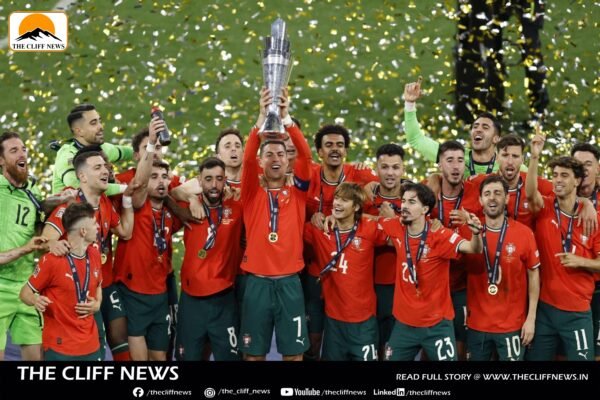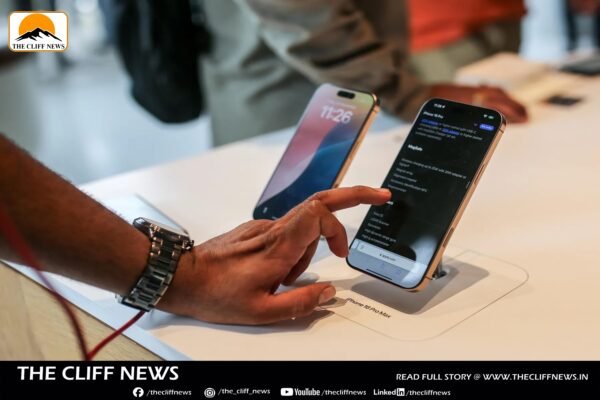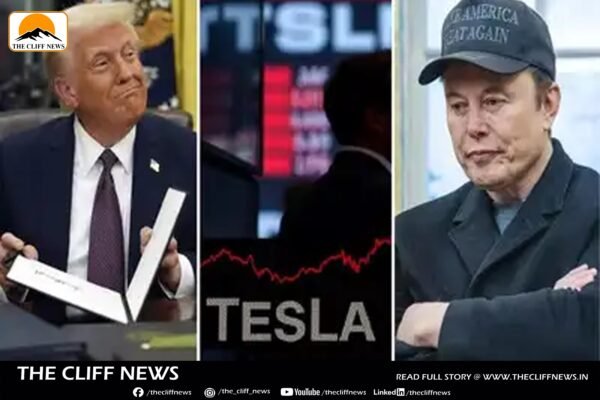Nations League Final: Ronaldo and Yamal in the Spotlight, But Team Effort Seals Portugal’s Victory
The UEFA Nations League final in Munich was billed as a symbolic passing of the torch — Cristiano Ronaldo, the seasoned superstar, facing off against Spain’s teenage prodigy Lamine Yamal. Yet when the crucial moments arrived, neither player dominated the spotlight as Portugal clinched a 5-3 penalty shootout victory after a thrilling 2-2 draw. Ronaldo, forced off late due to a muscle strain, still made an emotional appearance to celebrate Portugal’s third international trophy — joining his Euro 2016 and previous Nations League wins. His volley to level the score at 2-2 marked his 138th international goal, extending his record well beyond the 100-goal barrier. Meanwhile, 17-year-old Yamal, still finding his feet on the senior stage, provided a key assist but watched on from the sidelines during penalties, offering support to teammates. Portugal’s triumph was a collective showcase. Left-back Nuno Mendes was outstanding, repeatedly outmaneuvering Yamal and scoring Portugal’s opening goal before assisting Ronaldo. In the shootout, Mendes coolly converted a decisive penalty. Midfielders Bruno Fernandes and Vitinha also impressed, carrying form from their club successes into the national setup. Spain displayed their own depth with standout performances from Martín Zubimendi—poised to join Arsenal—who opened the scoring, and Pedri, who orchestrated play with finesse. Mikel Oyarzabal, a stalwart at Real Sociedad, scored a crucial goal and has now found the net in three major finals, cementing his importance to La Roja. Defensive solidity was evident on both sides: Rúben Dias returned to his best for Portugal, while Spain’s Dean Huijsen and Robin Le Normand proved reliable. Goalkeepers Diogo Costa and Unai Simón made key saves, underlining their quality ahead of next year’s World Cup. Looking ahead, both teams have the talent and depth to challenge for ultimate glory, but may still require moments of individual brilliance akin to Lionel Messi’s heroics for Argentina in Qatar 2022. Ronaldo, nearing 41 at the next World Cup, has shown he can still perform at the highest level, while Yamal’s burgeoning potential promises an exciting future. Sunday’s final reminded fans that while superstars capture the headlines, it’s the collective effort of the entire squad that ultimately wins trophies. Portugal’s victory was a testament to this truth, setting the stage for a thrilling World Cup campaign next year.










